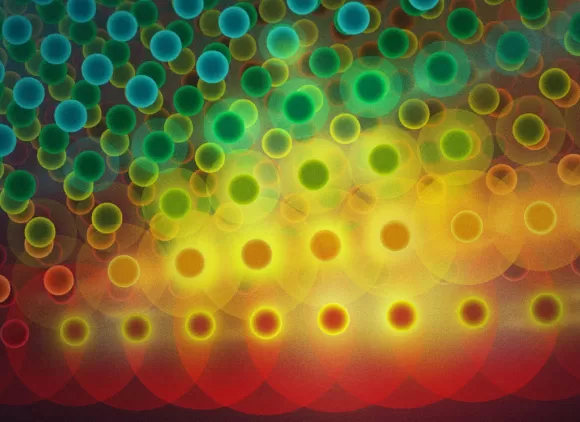About the series
Abstract
Professor Glotzer’s research on computational assembly science and engineering aims toward predictive materials design of colloidal and soft matter. Her introduction of the notion of "patchy particles," a conceptual approach to nanoparticle design, has informed wide-ranging investigations of self-assembly. She showed that entropy alone can assemble shapes into many structures, which has implications for materials science, thermodynamics, mathematics, nanotechnology, biology and more. Her group’s "shape space diagram" shows how matter self-organizes based on the shapes of the constituent elements, making it possible to predict what kind of ordered material will emerge from disorder. Her group develops and disseminates powerful open-source software, including the particle simulation toolkit, HOOMD-blue, which allows for fast simulation of materials on graphics processors.
Biographical Sketch
Sharon C. Glotzer is Department Chair of Chemical Engineering, Distinguished University Professor of Engineering, Collegiate Professor of Chemical Engineering, and Professor of Materials Science and Engineering, Physics, Applied Physics, and Macromolecular Science and Engineering at the University of Michigan in Ann Arbor. She is a member of the National Academy of Sciences, the National Academy of Engineering, and the American Academy of Arts and Sciences, as well as a fellow of the American Physical Society, the American Association for the Advancement of Science, the American Institute of Chemical Engineers, the Materials Research Society, and the Royal Society of Chemistry. She received her B.S. degree from the University of California, Los Angeles, and her Ph.D. degree from Boston University, both in physics. Prior to joining the University of Michigan in 2001, she worked for eight years at the National Institute of Standards and Technology where she was co-founder and Director of the NIST Center for Theoretical and Computational Materials Science. She is the recipient of numerous awards, including the 2019 Rahman Prize for Computational Physics of the American Physical Society, the 2016 Alpha Chi Sigma Award from the American Institute of Chemical Engineers, the 2014 MRS Medal from the Materials Research Society, and the 2008 Stine Award from the American Institute of Chemical Engineers.
This lecture is sponsored by the Directorate for Mathematical and Physical Sciences (MPS) and co-sponsored by the Directorate for Computer and Information Science and Engineering (CISE).


